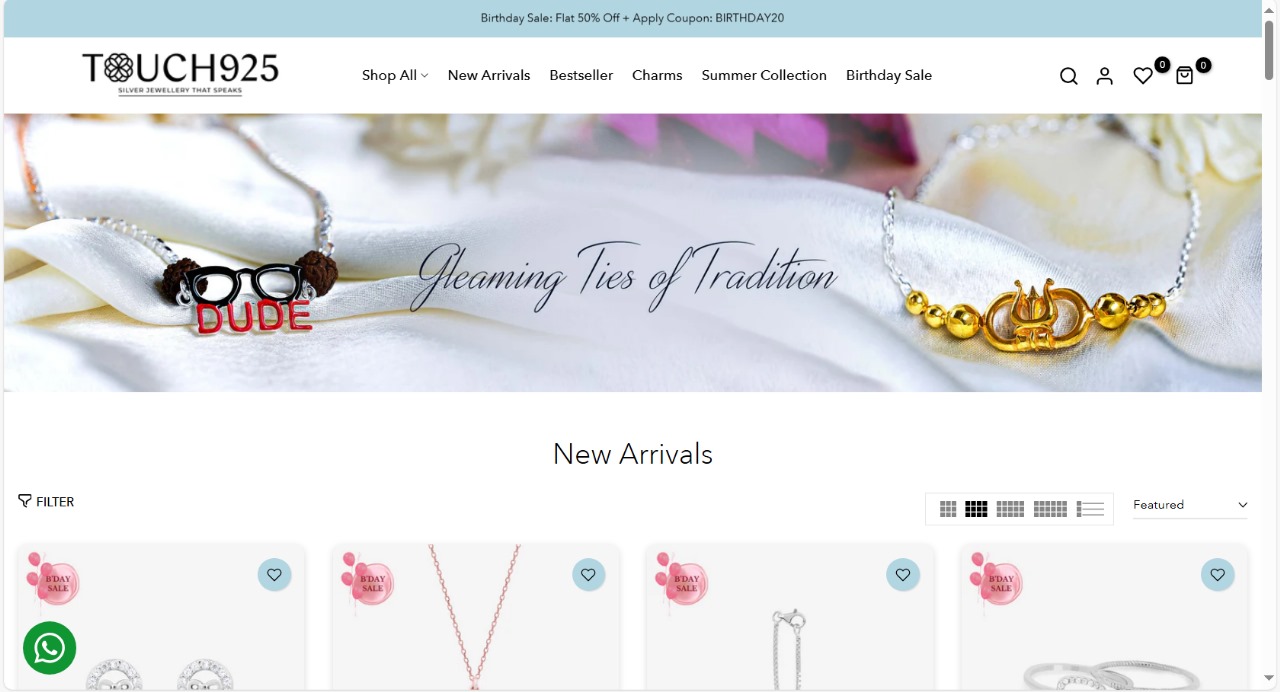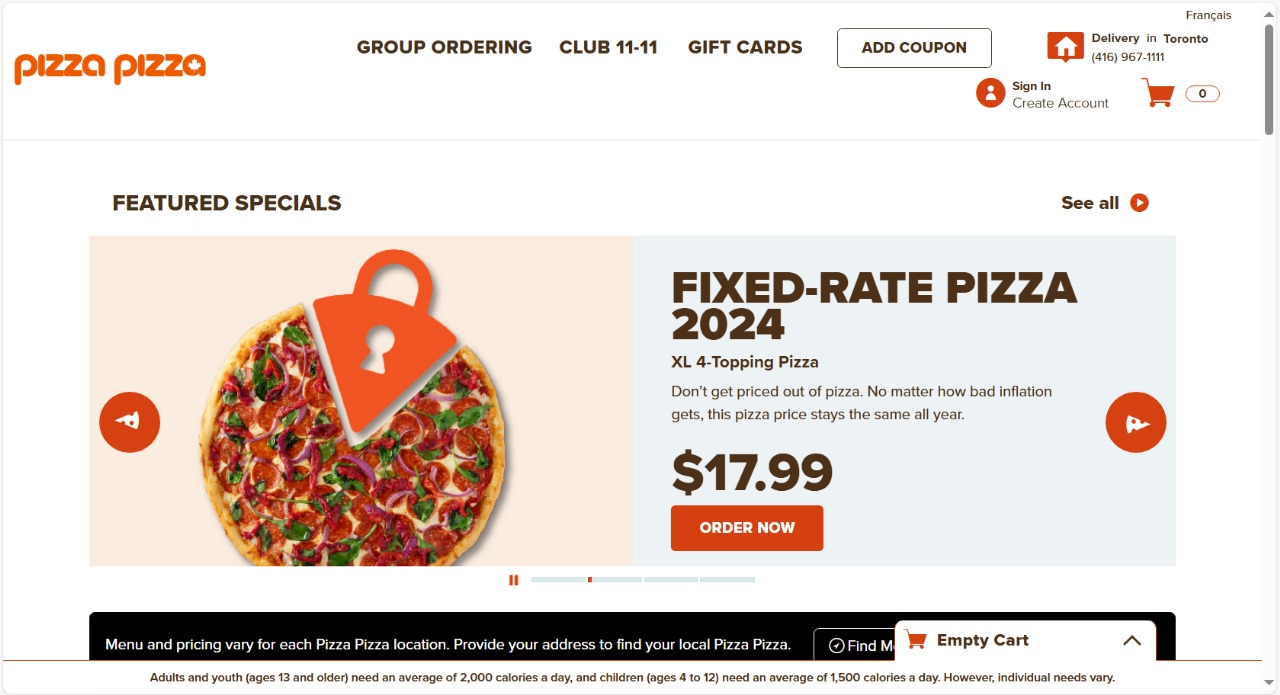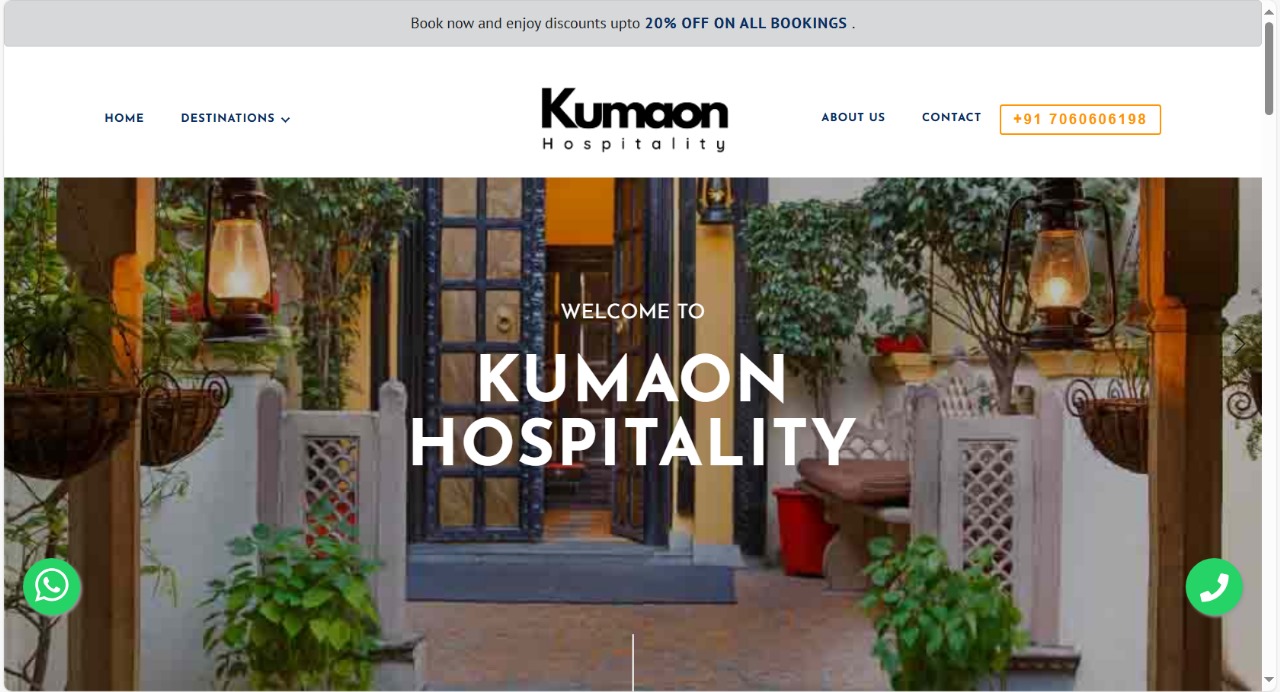Photo Gallery






Newsletter
Subscribe to our newsletter for the latest offers!
Pay Per Click (PPC) is an online advertising model where advertisers pay a fee each time one of their ads is clicked. Essentially, it’s a way to buy visits to your site, rather than attempting to earn those visits organically.
At its core, PPC is about getting your business to appear at the top of search engine results pages (SERPs) for relevant keywords. This means that when potential customers search for terms related to your business, your ad has the opportunity to be displayed.
PPC advertising works by bidding on keywords related to your business. Here’s a step-by-step breakdown:
PPC advertising offers numerous advantages for businesses:
There are several types of PPC ads that you can use to reach your target audience:
Setting up a successful PPC campaign involves several key steps:
To get the most out of your PPC campaign, consider these tips:
Measuring the success of your PPC campaign involves analyzing various metrics, such as:
By regularly reviewing these metrics, you can gain insights into your campaign’s performance and make informed decisions to improve results.
Pay Per Click (PPC) advertising is a powerful tool for driving targeted traffic to your website and achieving your business goals. By understanding how PPC works, setting up well-optimized campaigns, and continually monitoring and refining your efforts, you can maximize the effectiveness of your advertising spend.
At itwebsolution.in, located in Janakpuri and Uttam Nagar, Delhi, we specialize in helping businesses leverage PPC to boost their online presence and drive meaningful results. If you’re looking to get started with PPC or improve your existing campaigns, don’t hesitate to reach out to us for expert guidance and support.